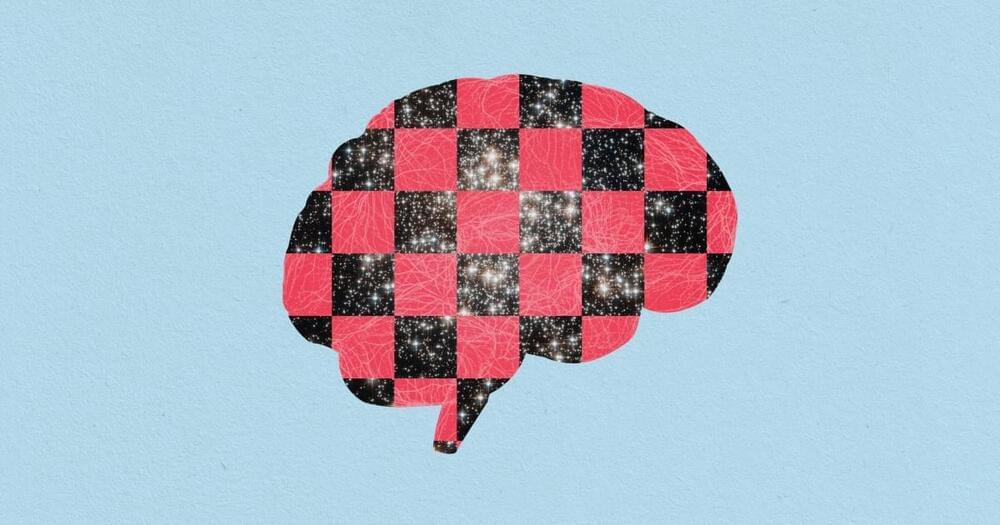For example, scientists have recently emphasized that the physical organization of the Universe mirrors the structure of a brain. Theoretical physicist Sabine Hossenfelder — renowned for her skepticism — wrote a bold article for Time Magazine in August of 2022 titled “Maybe the Universe Thinks. Hear Me Out,” which describes the similarities. Like our nervous system, the Universe has a highly interconnected, hierarchical organization. The estimated 200 billion detectable galaxies aren’t distributed randomly, but lumped together by gravity into clusters that form even larger clusters, which are connected to one another by “galactic filaments,” or long thin threads of galaxies. When one zooms out to envision the cosmos as a whole, the “cosmic web” formed by these clusters and filaments looks strikingly similar to the “connectome,” a term that refers to the complete wiring diagram of the brain, which is formed by neurons and their synaptic connections. Neurons in the brain also form clusters, which are grouped into larger clusters, and are connected by filaments called axons, which transmit electrical signals across the cognitive system.
Hossenfelder explains that this resemblance between the cosmic web and the connectome is not superficial, citing a rigorous study by a physicist and a neuroscientist that analyzed the features common to both, and based on the shared mathematical properties, concluded that the two structures are “remarkably similar.” Due to these uncanny similarities, Hossenfelder speculates as to whether the Universe itself could be thinking.
